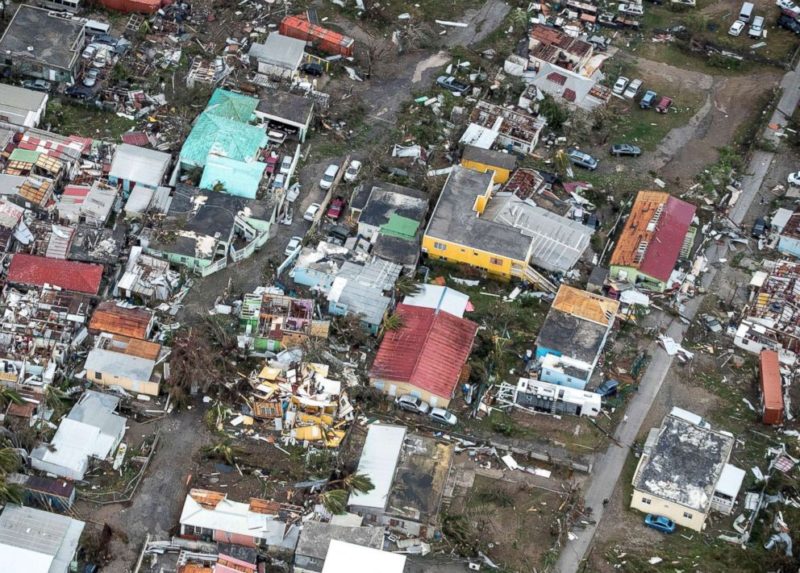According to emerging theories, the world’s standing forests may be protecting continents against cyclonic storms, such as hurricanes, typhoons and cyclones. But, as these forests disappear, scientists anticipate more frequent and more destructive storms.

Recent research conducted in collaboration with the Centre for International Forestry Research (CIFOR) suggests that forests and cyclones share a fundamental link in atmospheric dynamics, and that changes in one can trigger changes in the other.
Both cyclones and forests are characterised by striking amounts of rain, which derives from the atmosphere. Evidence suggests that by importing atmospheric moisture from the ocean, forests deplete the vapour available to generate and support cyclonic storms.
“Our work suggests that forests may protect continental regions from extreme storms,” explains Douglas Sheil, a Senior Research Associate at CIFOR. “Both the formation and maintenance of cyclones appear to depend on sufficient supplies of water vapour. We believe that cyclonic storms cannot maintain themselves over, or near to, extensive forests, as they draw away moisture over the land.”
In addition to reducing the number and intensity of cyclones, forests may also reduce the incidence of devastating floods, droughts and tornadoes. Sheil and his colleagues Anastassia Makarieva and Victor Gorshkov argue that sustaining natural forests is a sound strategy for water security and climate stabilisation.
A growing body of evidence
The emerging “biotic pump” theory argues that vegetation and tree cover may influence rain and rainfall patterns to a greater extent than is generally assumed. While the prevailing view is that winds are determined by temperature gradients, recent studies describe how evaporation and condensation influence atmospheric dynamics.
The physical details of the theory and its implications have been published in peer-reviewed physics journals (1, 2, 3) and atmospheric science journals (4, 5, 6, 7). In advancing these ideas, researchers have described failings in the temperature-driven theory of winds (8) and revised the fundamental equations governing atmospheric dynamics (9).
